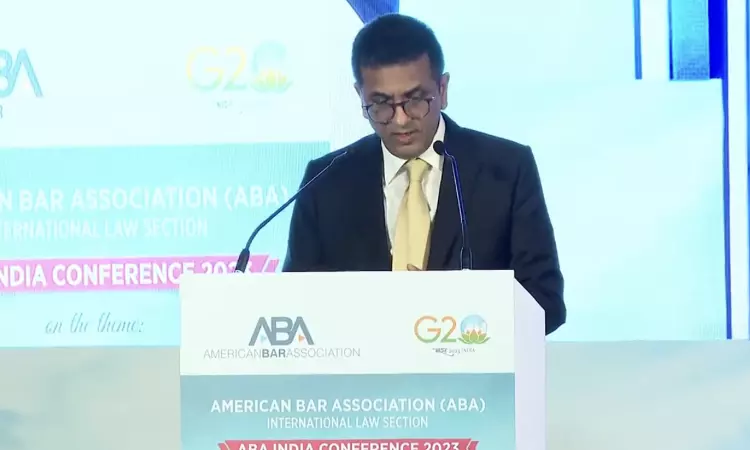Technology by Itself Not a Remedy for All Ills: CJI DY Chandrachud Emphasises Need for Digital Inclusion
Awstika Das
8 April 2023 8:12 PM IST

Next Story
8 April 2023 8:12 PM IST
The Chief Justice of India DY Chandrachud on Friday emphasised the need for digital inclusion and an ecosystem that allows the benefits of technology to be actualised. “Technology by itself is not a panacea,” the Supreme Court judge reminded, as he highlighted the importance of tailoring Indian technology with respect to our social realities and making our design...
